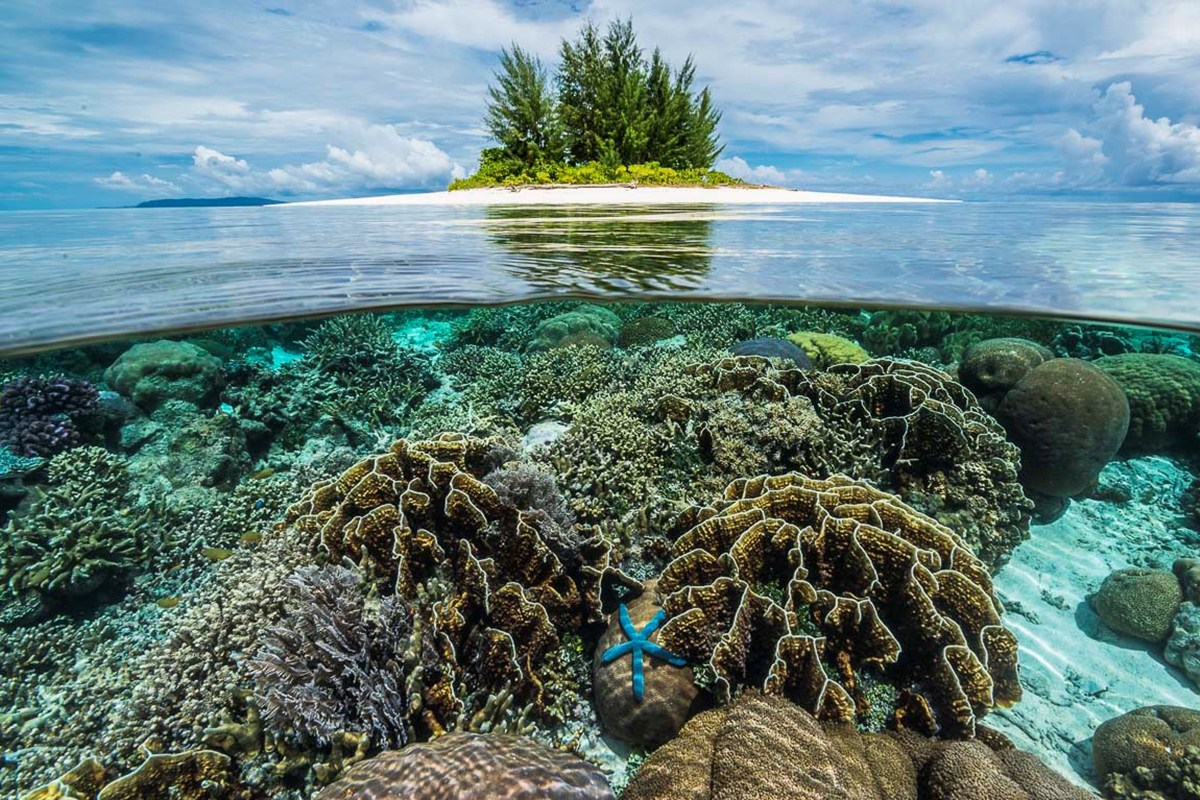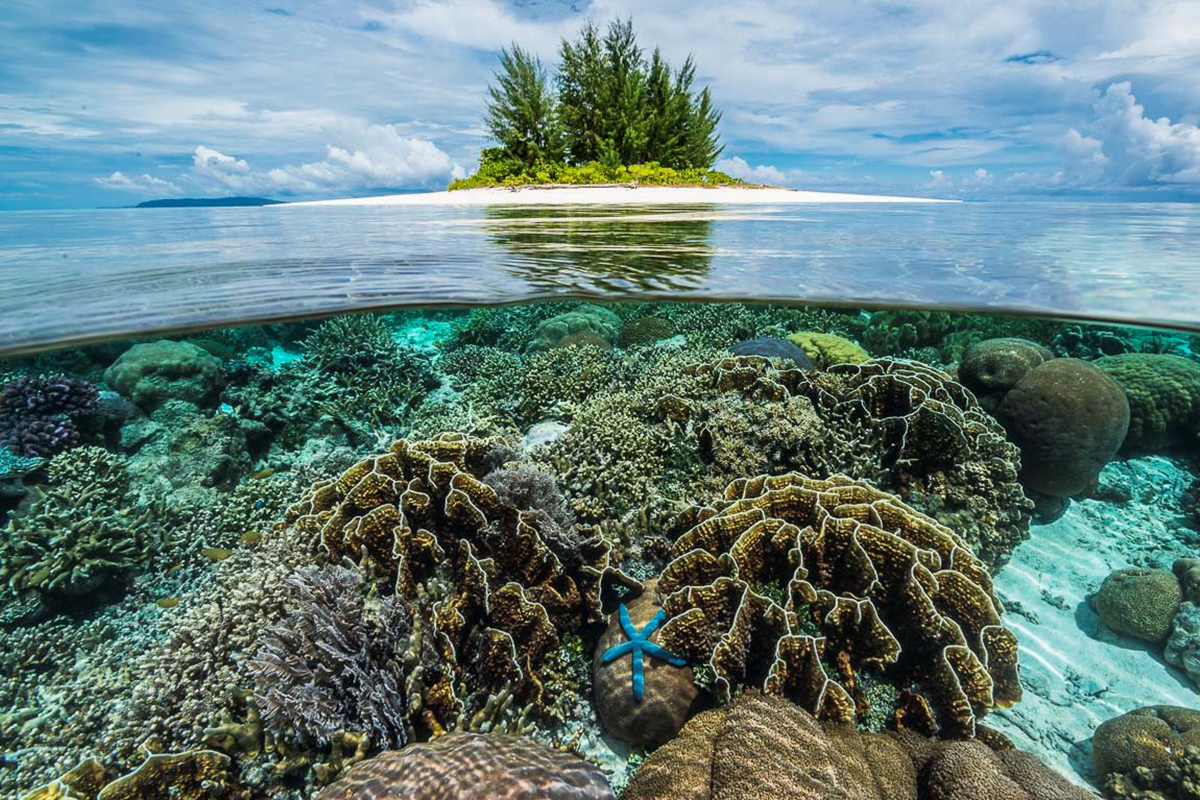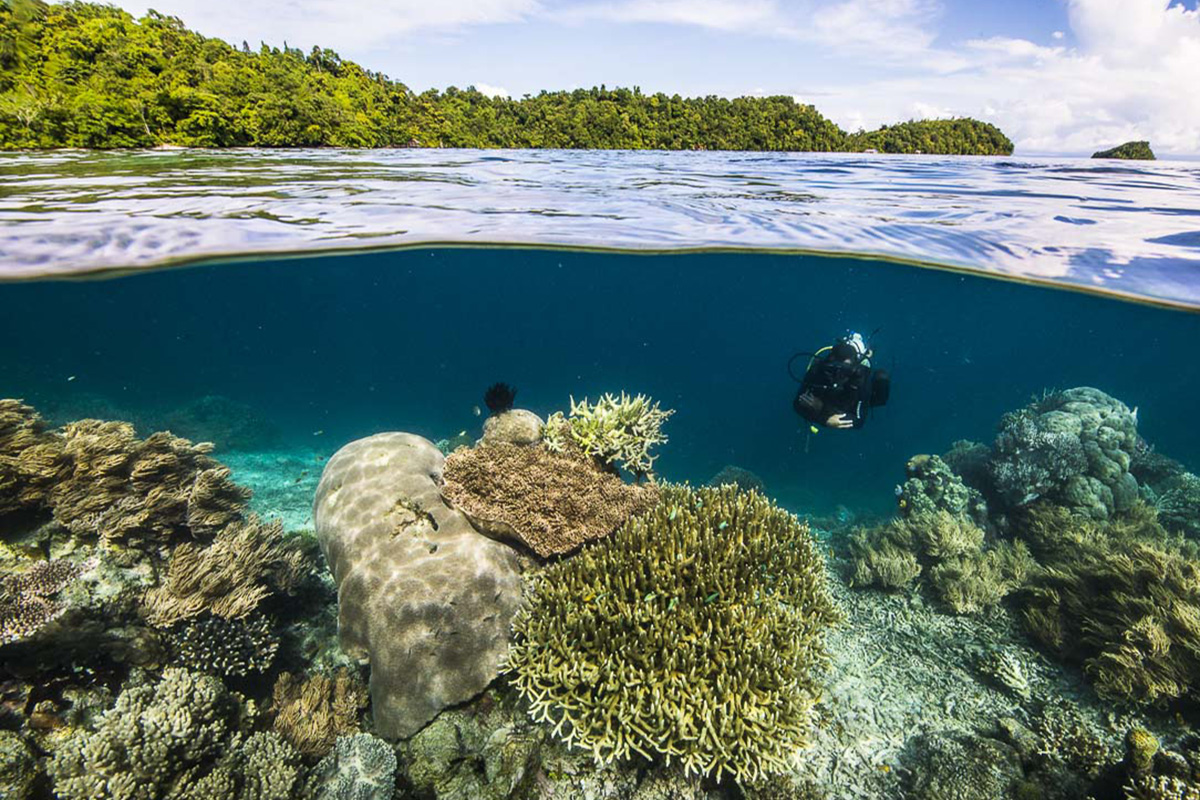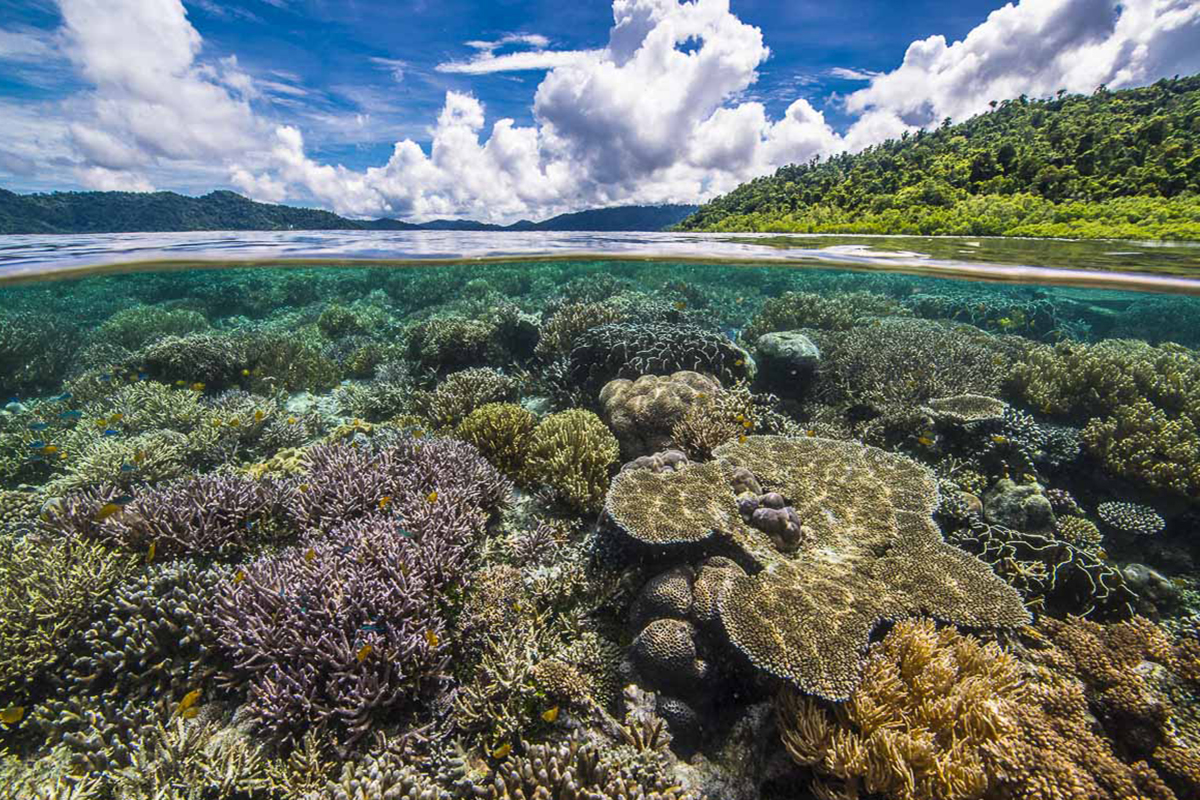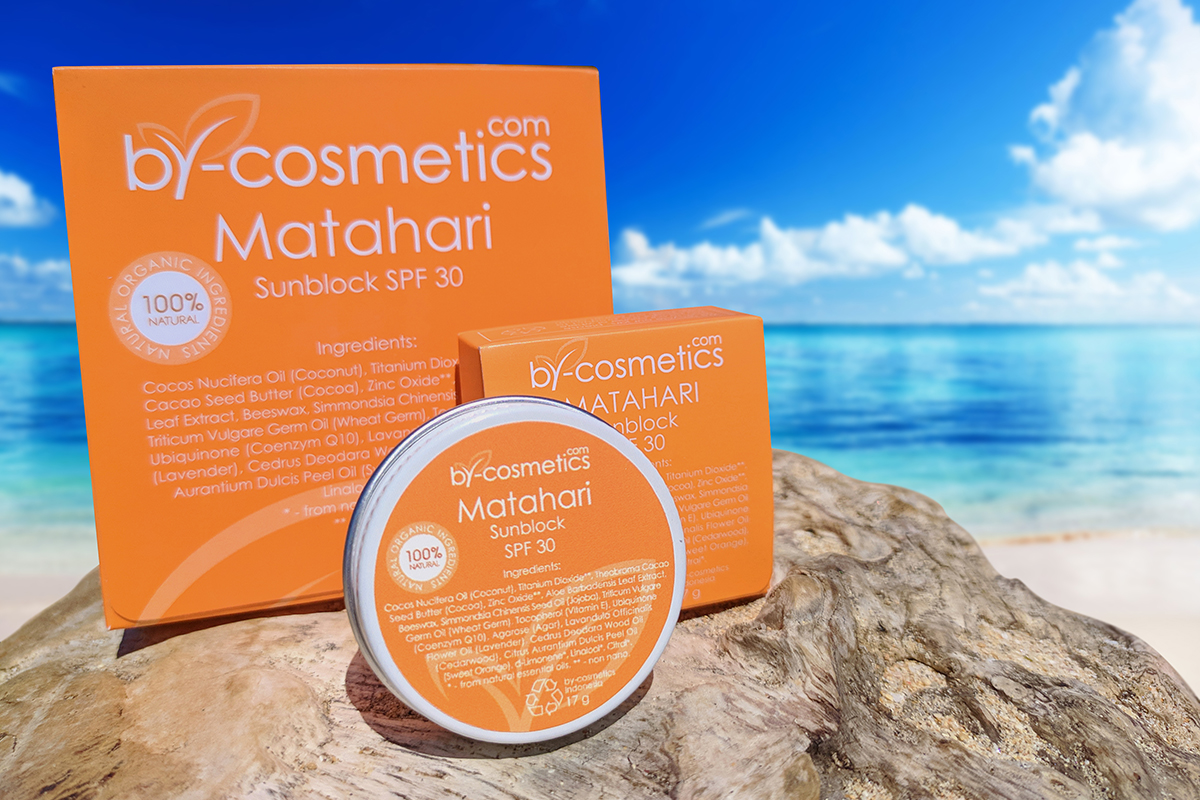How Reef Safe Sunscreens Can Save Marine Life
Most of us have been diligently applying sunscreen for years in an effort to protect our skin and our health. But new studies are showing that sunscreen might not be as healthy as it’s made out to be. It’s hotly debated whether it’s safe for our skin, but we know for a fact that it is damaging to coral reefs. A number of coastal areas that attract tourists, swimmers, surfers and divers, have begun to ban sunscreens containing certain chemicals for just this reason.
Keep reading to learn about reef safe sunblocks and why it is so important we start thinking about what we take with us into the ocean.
How do sunscreens damage coral reefs?
Most sunscreens contain a UV absorbing chemical called oxybenzone. This chemical poisons coral by disrupting reproduction and growth and causing deformities. And it doesn’t take much oxybenzone to wreak havoc on a coral reef. Just a single drop in more than 10 million litres of water can cause damage to coral.
Oxybenzone is being found in shockingly high concentrations in some of the world’s most popular reefs. The numbers were so shocking in fact that Hawaii, Bonaire, Palau and Aruba have completely banned the sale or use of sunscreens containing oxybenzone.
Unfortunately, there is currently no legislation on the use of oxybenzone in sunscreens. They continue to be produced and sold without any warnings of the harm they could be causing to marine ecosystems. It could be many, many years and take many more studies before any laws are put into place. This is why it’s so important for individuals, resorts, and local lawmakers to start educating and offering alternatives to commonly used sunscreens.
Reef Safe Sunblock
There are options out there if you’re looking for reef safe sunscreens. These sunscreens use the minerals zinc oxide or titanium dioxide to block UVA and UVB rays. Both zinc and titanium oxides are safe for the skin, biodegradable, and safe for fish to ingest (in their non nano form).
A few of the reasons people don’t use reef safe sunscreens is that they are harder to find, generally more expensive, and thicker to apply. However, if you are an ocean lover you will surely be able to overlook the cons and see how important it is to choose sunblock wisely.
To keep in line with eco-friendly practices and to make it easier for you, you can now buy Matahari 100% natural, reef safe sunblock at Papua Paradise Eco Resort.
Matahari Reef Safe Sunblock is an Indonesian made product. It’s water resistant, palm oil free, and also contains coenzyme A, wheat germ oil, cocoa, vitamin E, and jojoba, which are all beneficial for the skin.
By selling this product Papua Paradise hopes to educate guests and also give them the chance to do their bit for coral reef conservation while staying in Raja Ampat. You are also welcomed to bring and use your own reef-safe sunscreen option.
If you’d like more information about the efforts at Papua Paradise Eco Resort to make as little impact on the ecosystem as possible, or about reef safe sunscreen, please leave us a message in the comments box below.

